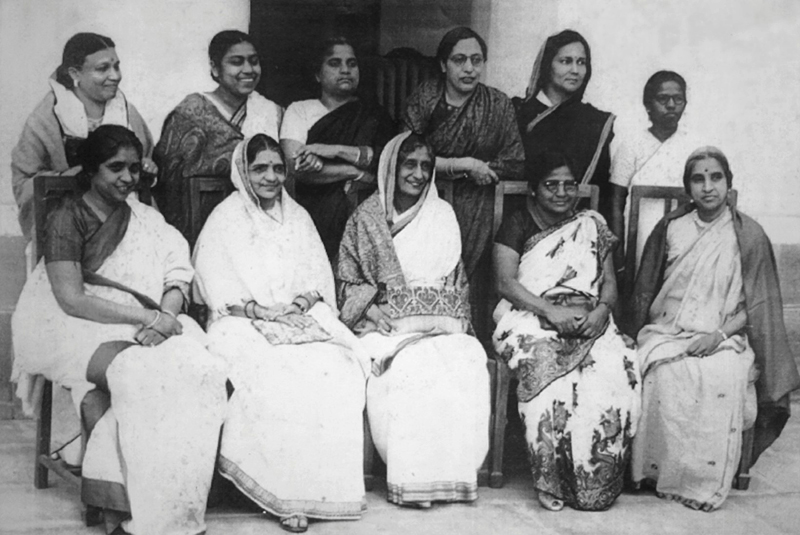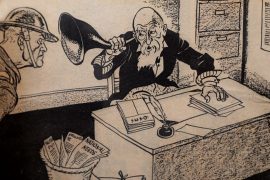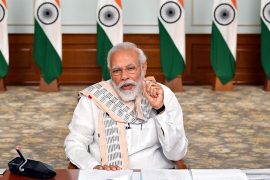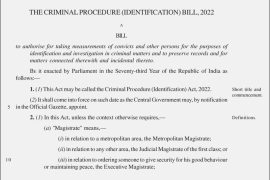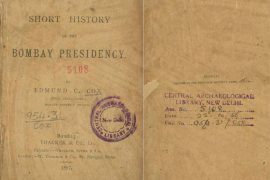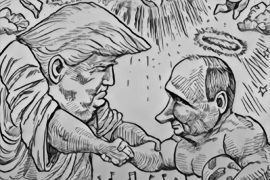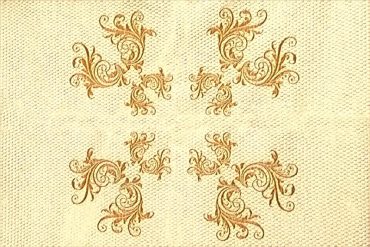When India’s Constituent Assembly met on 9 December 1946, it was very much a male-dominated body. Of the 207 members who signed the Register, only twelve of them were women. Later, three more women joined the Assembly, which had a total membership of 299.
Their number might have been insignificant, but these fifteen women contributed substantially to the making of free India’s Constitution by their meaningful participation in the Assembly proceedings. Those were euphoric days. Women stood together with their male counterparts and fought for Independence. Acutely conscious of the feudal and patriarchal order, they championed a new society based on equity and inclusion. Together, they championed the need for equality; their aspiration echoed in the Constitution Hall.
Most of them came from privileged sections – the only exception was Dakshayani Velayudhan, from a Scheduled Caste family from Kerala. At 34 years, Dakshayani was also one of the youngest members and the only Dalit woman. The illustrious women’s list included Vijayalakshmi Pandit, Begum Aizaz Rasul, Rajkumari Amrit Kaur, Sarojini Naidu, Hansa Mehta, Ammu Swaminathan, Sucheta Kripalani, Purnima Banerji, G. Durgabai, Kamla Chaudhri, Leela Ray, Malati Chowdhury, Renuka Ray and Annie Mascarene. While Aizaz Rasul was the lone Muslim lady, there were two Christians, Amrit Kaur and Annie Mascarene.
Copyright©Madras Courier, All Rights Reserved. You may share using our article tools. Please don't cut articles from madrascourier.com and redistribute by email, post to the web, mobile phone or social media.Please send in your feed back and comments to [email protected]

